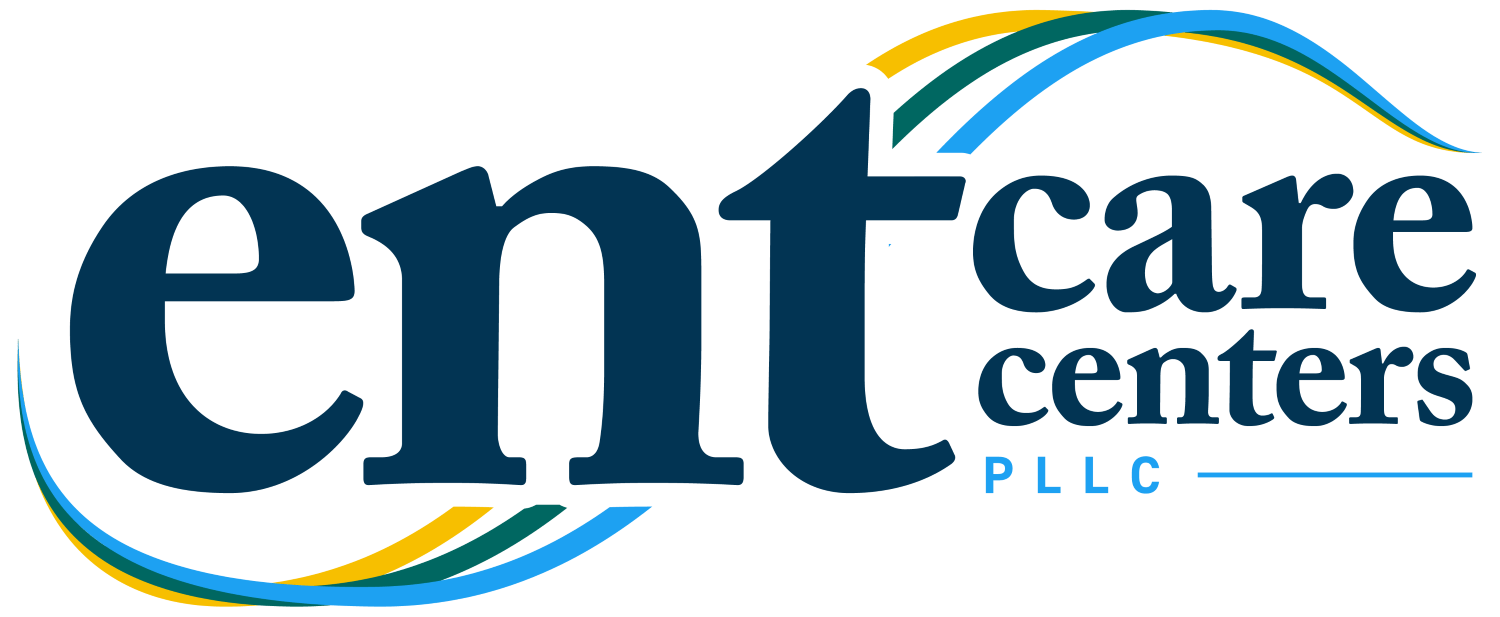Balloon Sinuplasty
Balloon sinuplasty, or balloon sinus ostial dilation, is a minimally invasive procedure for chronic sinusitis or recurrent sinus infections that can be performed awake in the clinic. Learn more about the benefits, indications, and risks of balloon sinuplasty.
What is Balloon Sinuplasty?
Balloon Sinuplasty is a minimally invasive procedure that aims to provide relief for individuals suffering from
chronic sinusitis. It is also called balloon sinus ostial dilation. During the procedure, an otolaryngologist (Ear, Nose & Throat doctor) inserts a specially-designed sinus balloon catheter into the affected sinus cavity through its natural opening. The balloon is then inflated, expanding the sinus passages to allow for improved drainage and reduced inflammation. The balloon is deflated and removed from the nose, leaving enlarged sinus passageways that tend to remain open, providing long-term relief from chronic sinusitis symptoms.
The Benefits of Balloon Sinuplasty
- Minimally Invasive Procedure
Balloon Sinuplasty is a minimally invasive procedure that requires no cutting or removal of bone or tissue, resulting in less pain, minimal scarring, and a faster recovery time compared to traditional sinus surgery. Additionally, it can be performed awake outside of an operating room. - Shorter Recovery Time
Since the ENT performs the procedure through the sinus’s natural openings, balloon sinuplasty offers a quicker recovery time compared to traditional sinus surgery. Most patients experience minimal discomfort and are able to resume their normal activities within a few days, allowing them to get back to their daily routine faster. - Long-Lasting Relief
Balloon Sinuplasty has been shown to provide long-lasting symptom relief from chronic sinusitis and reduce frequency of sinus infections. The procedure helps to restore normal sinus function, resulting in significant reductions in symptoms of nasal congestion and drainage. - Safe and Effective
When performed by skilled ear, nose & throat specialists, Balloon Sinuplasty can provide a safe and effective treatment option for chronic sinusitis in select patients. The procedure has been performed on thousands of patients with excellent results and high patient satisfaction rates. The procedure is backed by clinical studies and has been approved by regulatory authorities, giving patients peace of mind knowing that they are receiving a safe and reliable treatment option.
Is Balloon Sinuplasty Right for You?
Balloon Sinuplasty is designed for patients who have not responded well to medications and are looking for a long-lasting solution. It can be a suitable option for those who experience frequent sinus infections, or symptoms of chronic sinusitis, such as nasal congestion, thick nasal drainage, or facial pain and pressure. While it is a viable option for many people as a less invasive alternative to traditional endoscopic sinus surgery, not all patients are candidates for Balloon Sinuplasty.
Before considering the procedure, it is important to undergo a thorough evaluation by an otolaryngologist-ENT, who can assess your symptoms and medical history to determine if you are a good candidate for the procedure. This evaluation may also involve a nasal endoscopy and imaging tests to examine the sinuses and identify any structural abnormalities.
Precautions to Take Before and After the Procedure
Before undergoing balloon sinuplasty, it is important to disclose any medical conditions or medications you are currently taking to your healthcare provider. They will provide specific instructions on how to prepare for the procedure, which may include avoiding certain medications or temporarily stopping blood-thinning medications. After the procedure, it is essential to follow your doctor's post-operative instructions, which may include using saline nasal spray, taking prescribed medications, and avoiding strenuous activities for a few days.
Frequently Asked Questions (FAQs)
Curious about balloon sinuplasty? Here are answers to some common questions:
- What is Balloon Sinuplasty?
Balloon Sinuplasty is a minimally invasive procedure used to treat chronic sinusitis. It involves inserting a small, flexible balloon catheter into the sinuses and inflating it to widen the sinus passages. - Is Balloon Sinuplasty painful?
Most patients report minimal discomfort during and after the procedure. The use of local anesthesia helps minimize any potential pain or discomfort. - How long is the recovery time from Balloon Sinuplasty?
Recovery time varies from patient to patient, but most individuals can return to normal activities within 24 to 48 hours. It is always best to follow your doctor's specific post-operative instructions. - Is Balloon Sinuplasty effective?
Yes, balloon sinuplasty has been proven to be a safe and effective treatment option for chronic sinusitis. Clinical studies have shown significant improvement in symptoms and quality of life for many patients. - Are there any risks or side effects?
As with any medical procedure, there are potential risks and side effects associated with balloon sinuplasty. These may include minor discomfort during or after the procedure, infection, nasal bleeding, and allergic reactions to anesthesia or medications used. In extremely rare cases, there may be damage to surrounding structures such as the eyes or skull base. Serious complications are uncommon. Your doctor will provide a detailed discussion of these risks before the procedure. - Can Balloon Sinuplasty be used for all patients?
Balloon Sinuplasty is a suitable option for many patients with chronic sinusitis. However, it is important to consult with a qualified ENT specialist to determine if you are a good candidate for the procedure.
Remember, it is always best to consult with a medical professional to get accurate and personalized information about balloon sinuplasty.
Medical Reviewers
Last Review Date: October 2023
Content Reviewers:
- Dr. Jeffrey Nau, MD
- Dr. JosephJ. Creely, MD
- Dr. Bryan Murphy, MD
- Dr. Thomas Higgins, MD, MSPH



